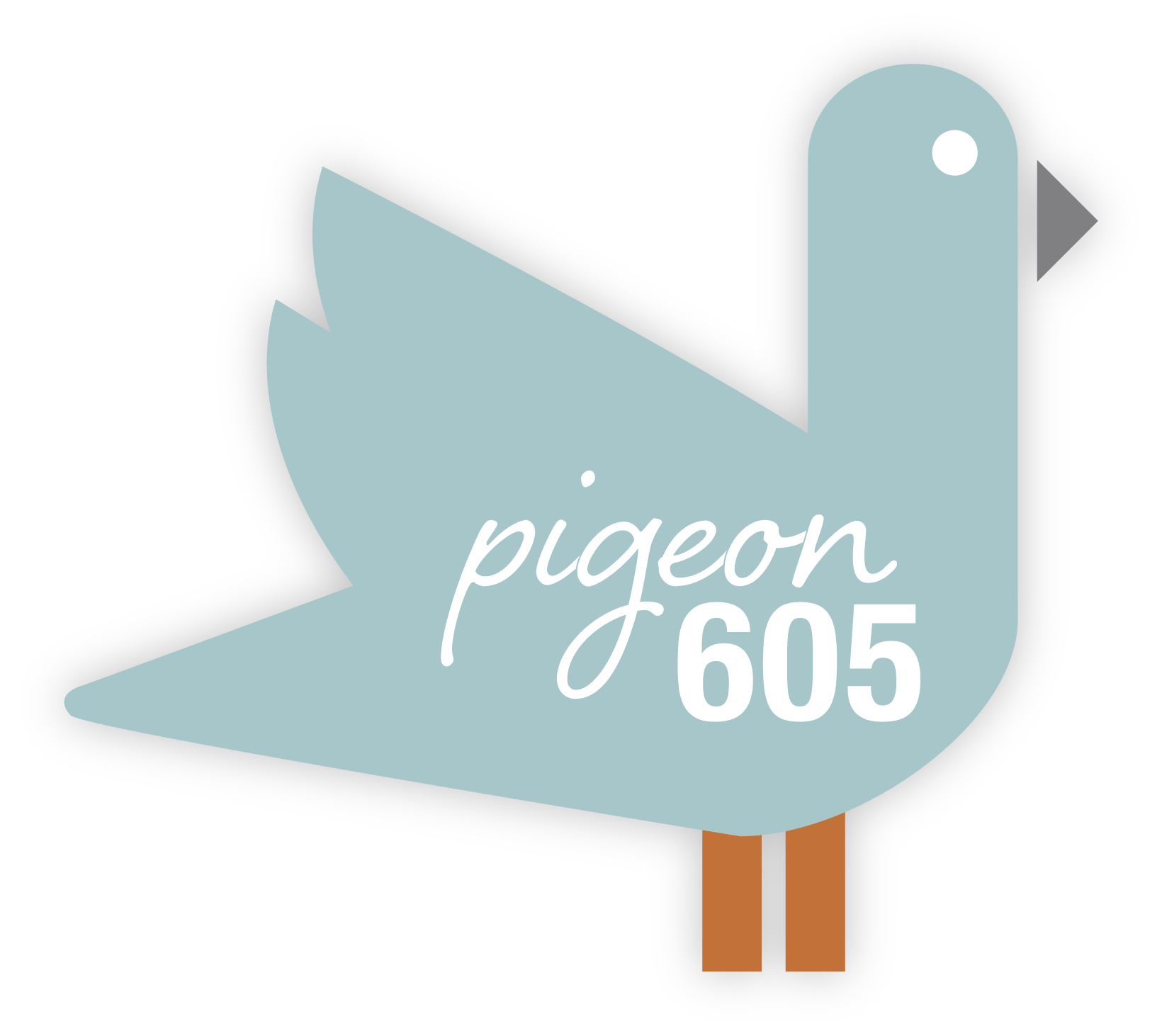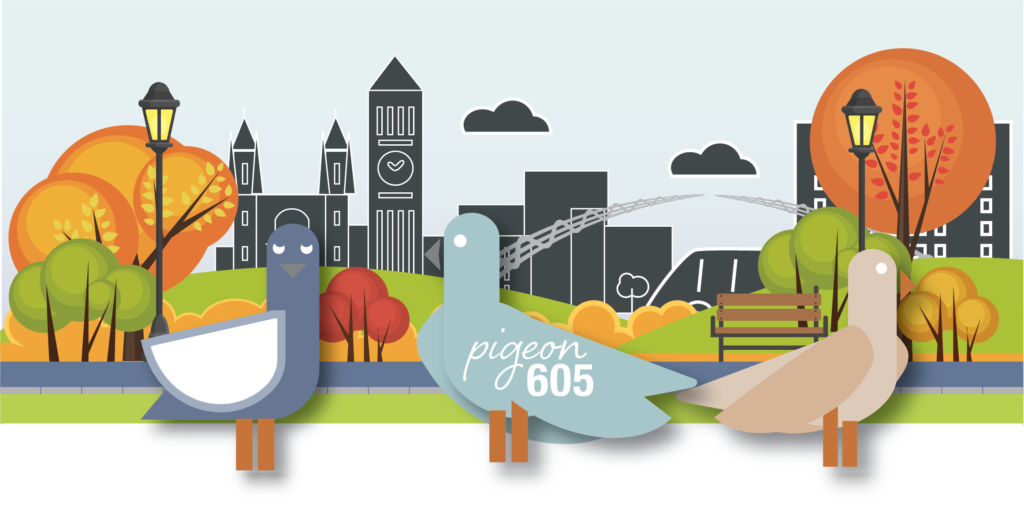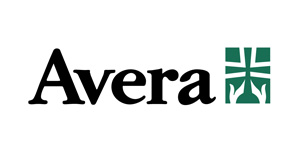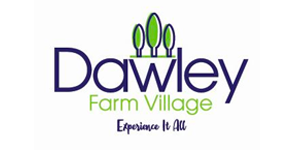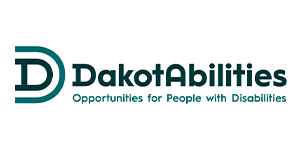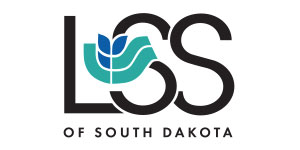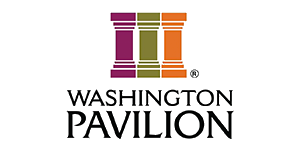Neighborhoods band together to drive change, create community
Even though Sioux Falls can feel like a big city, when you get down to it, it’s still just a collection of unique neighborhoods.
Nobody knows that better than Diane DeKoeyer, neighborhood and preservation planner for the city of Sioux Falls. She helps residents who want to form neighborhood associations to either address concerns, foster a sense of community or both.

On Friday and Saturday, the city will hold the 2023 Neighborhood Summit, open to residents, businesses, nonprofits and faith-based organizations who want to learn more about why organizing at the neighborhood level can be beneficial. The event is at the Orpheum Theater, 315 N. Phillips Ave.
DeKoeyer said the goal is to bring like-minded people together to learn, engage and look for opportunities to grow. Former community organizer Jim Diers is the keynote speaker and will share lessons learned from his role in Seattle as the director of the city’s Department of Neighborhoods and his current work with neighborhoods and local governments throughout the world.
Sioux Falls groups
Sioux Falls has about a dozen neighborhood associations, with about eight of them active, DeKoeyer said. Often, associations start because neighbors come together to address an issue – whether that’s a zoning change, traffic concerns, crime or delinquent properties. When neighbors band together, they can drive change and help create a sense of community.
That’s what Katrina Lehr-McKinney learned when she helped found the All Saints Neighborhood Association in 2011. The neighbors began to address parking issues but have grown into an active and involved neighborhood group.

All Saints neighbors took it a step further and formed a nonprofit so they could formalize the organization, fundraise, seek grants and have more opportunities available, Lehr-McKinney said.
“Our mission statement is very broad and generalized,” she said. “The mission is to create a beautiful, safe and happy neighborhood.”

Everything they do ties back into that – how is this making things safer? How are we ensuring neighbors are as happy as they can be? How are we creating a beautiful community?
Some, like Oak View, formed to ensure the type and density of housing in the neighborhood fit with what residents wanted and what worked for developers. That kind of consensus building can bridge gaps and increase community understanding.
The newest association is in Tuthill, which began last year. The catalyst for that was the historic house in Tuthill Park that was in danger of being torn down. Associations are different from Neighborhood Watch groups, which are formed with the Police Department. But both groups have similar intents: to create and maintain safe places people are proud to call home.

In All Saints, some homes have been vacant for several years, and the association can work with the developer to ensure whatever happens next fits with the historic neighborhood.
How to get started
The city keeps a registry of neighborhood associations, which just requires some paperwork, DeKoeyer said. Then, it helps determine the boundaries.
“We don’t want them to get so big and with so many people it’s hard to meet and build consensus,” DeKoeyer said. And sometimes, different parts of a neighborhood have different needs. For example, the Whittier Neighborhood, which has an inactive association, is split by Cliff Avenue.
“That is a huge neighborhood association, and there has been talk about minimizing the size of the area,” DeKoeyer said. “Issues east versus west are different from each other.”
One side is more residential, while the other has more businesses and social services.
DeKoeyer tries to attend every meeting for neighborhood associations to answer questions and help connect residents with resources. “As an association, you get more direct access to the city,” she said, noting she can help bring community resource officers, code enforcement officials or people from the Health Department to connect. “We try to be really accessible.”
Benefits of joining
Associations also benefit from the neighborhood grant program, which gives out about $50,000 per year. “Big items include any kind of traffic calming, like solar speed signs or pedestrian crossings,” DeKoeyer said.
All Saints got a grant from the city this year to install a speed sign along 14th Street, which is the northern border of the neighborhood with downtown. “It can be very dangerous because of the speeds, and it’s four lanes of traffic,” Lehr-McKinney said. She knows this is the tip of the iceberg when it comes to making that particular area more walkable, but it’s something the group has been talking about for a long time.

As the emerald ash borer moves through the area – taking mature ash trees with it – grants from the city have provided funding for Sioux Falls residents to plant new trees. That happened in Tuthill, where they planted about 80 trees. “Homeowners then take ownership and help them stay healthy,” DeKoeyer said.
She acknowledges that crime and rental properties are what drive some associations. “It’s just a growing population,” she said. “The best thing is to show people what to look out for, when to call the Police Department.”
Funds also can be used to purchase motion sensors for safety. That’s where the Police Department can help provide education to associations, for example, showing them where it would be beneficial to put up additional lights.
That was one of the first grants for All Saints: battery-powered motion-sensor lights. “We know that helps with safety and security,” Lehr-McKinney said.
Officers also can come to meetings and give tips, including locking car doors and keeping any firearms safely locked in your house.
“The strike plate with your deadbolt comes with a half-inch screw,” DeKoeyer said. “Well, that’s easy to kick a door in and break in. But you can replace that with a 3-inch screw, so that it can’t be kicked in.”
Newer neighborhoods
Neighborhood associations haven’t formed in many areas outside of the traditional core of Sioux Falls. Some of that might be because of layout – people don’t have front porches to sit on and get to know their neighbors. Or they might not be as walkable or as established.
Or, DeKoeyer said, people just don’t realize the benefits of organizing. “They seem interested, but they don’t go all the way with it,” she said, noting sometimes they form groups on Facebook, but those don’t come with the same benefits. And, a lot of people confuse it with a homeowner association. “They are not the same thing.”
Lehr-McKinney agrees.
“When you say neighborhood association, immediately some people go to ‘you’re going to tell me where to put my trash cans and make rules for how our neighborhood is supposed to look,’” Lehr-McKinney said.
The city has started a quarterly newsletter to help residents understand what resources are available.
Neighborhood identity
Associations can create a sense of belonging, DeKoeyer said. “You have your own identity, you know people in your areas, and people tend to want to stay in those areas. It’s not as easy to move away if you feel rooted.”
That has worked in areas with a diversity of housing, such as Oak View in northeastern Sioux Falls. The city has funded some signs for the area too.
“There are a lot of apartments and immigrants in that area, and we want them to identify with that neighborhood and create a sense of belonging,” she said. “So people know when they come into that area – they are proud of their neighborhood.”

Lehr-McKinney said All Saints surveys neighbors about what they like and don’t like about living in the area, down to ‘what do you love about your block,’ to identify community issues and assets. It also helps identify residents who might want to take on an initiative. In All Saints, after the ice storm in 2013, the association sought a grant to buy trees and help plant them. “What we had found earlier is that one reason people love living here is because we have mature trees, and that’s an asset.”
Associations also can bring people together during challenging times. For example, during the height of the pandemic, members of All Saints put on concerts on their front porches. “That was such an uplifting event for a lot of people,” Lehr-McKinney said.
In the Cathedral Historic District, which has a Neighborhood Watch, residents formed the first Easter egg hunt this year.

The Cathedral area is among the oldest neighborhoods in Sioux Falls. It is the first historic district in South Dakota to be listed on the National Register of Historic Places. It’s also the oldest organized neighborhood in the city, with a watch group that began in the early 1970s.

“We wanted to do an activity that was so simple that kids could help lead it and participate in it,” said Rebecca McKeever, a Cathedral Historic District neighbor since 2014. Her daughter Alethia is one of three middle school-age neighbors who serve on a neighborhood activity committee.
Cathedral Historic District Watch Group is organized by neighbor volunteers who provide communication and host events throughout the year to promote safety and build community within this neighborhood.
“It’s been a long winter, and we thought this (the Easter egg hunt) would be a perfect opportunity to give the kids in this neighborhood a chance to go outside, stretch their legs and interact with each other,” said John Marshall, a Cathedral Historic District neighbor since July 2020 who serves on the activity committee.

In many ways, it can feel like a return to traditional small neighborhoods.
“We have friends who live in other neighborhoods, and they don’t know their neighbors. We know all our neighbors.” said Shon Roti, who lives in the Cathedral neighborhood. His daughter, Parker, a sixth grader at Edison Middle School, said the events help connect her to friends.
“Because they live so close, you can just hang out of the blue, whereas if you had friends who live far away, you would not be able to hang out as much because you would have to plan it or drive,” Parker said.

“From day one, I noticed how close this neighborhood was. We had a neighbor come over and bring us a pie. I thought, ‘Oh, this does happen!’” said John Marshall, who lives in the Cathedral neighbhorhood.
Lehr-McKinney agrees.
She had lived in her house on Phillips Avenue for seven years and hadn’t met all her neighbors. “There are so many great people, and it’s diverse, but I don’t know many of them. So how are we getting to know one another,” she said.
Make it easy
She encourages people to organize into associations.
“It doesn’t have to be a problematic reason,” Lehr-McKinney said. “It can be what are the opportunities and possibilities of making this place better if we just start working together?”
Lehr-McKinney said an association can be as time-consuming as you want, but it doesn’t have to be.
“It can be a movie night in someone’s backyard in the summer or a National Night Out,” she said. “Maybe we feel like we know so many people because of social media, but that’s a superficial glimpse into someone’s life. If you have a picnic once a year, you get a chance to have a conversation about gardening or your kids growing up.”
It’s also a matter of prioritizing what matters in our lives.
“I’m an introvert, and the fact that I am driven to this kind of stuff with my free time is bonkers to me,” Lehr-McKinney said. “I grew up on a farm. But I just wanted to make sure I didn’t just know the people across the street from me. I wanted to make sure I knew them and the names of their kids and their pets.”
She sees it as an opportunity, especially as families are more spread out.
“Would you ever feel comfortable calling the person two doors down and asking their teenager to babysit or help your kid off the school bus,” she said. “We need to remind ourselves there are people around us who care – if we could just engage in them.”
Sioux Falls Neighborhood Summit
April 14: The Power of Community, 5:30 to 7 p.m.
April 15: Workshops, 7:15 a.m. to 1 p.m. Topics include engaging broad and inclusive participation, building on your neighborhood’s strengths, community-driven placemaking and creating a vision and action plan for your neighborhood.
All sessions are held at the Orpheum Theater Center, 315 N. Phillips Ave. The event is free but you need to register here.
Share This Story
Most Recent
Videos
Want to stay connected to where you live with more stories like this?
Adopt a free virtual “pigeon” to deliver news that will matter to you.
